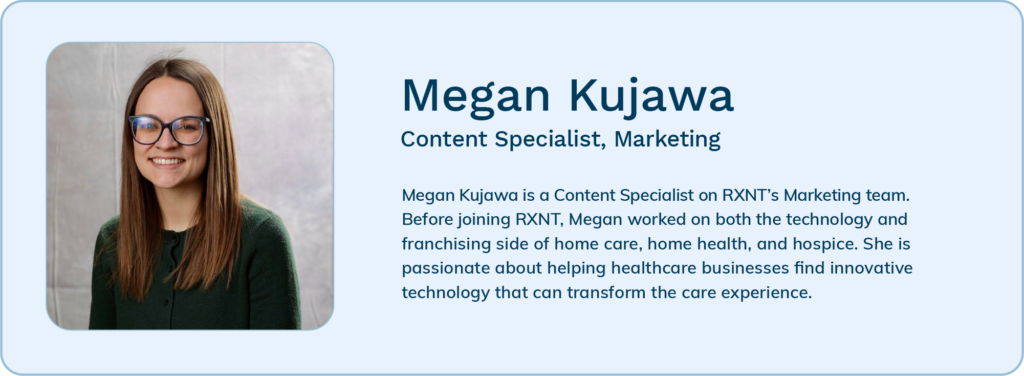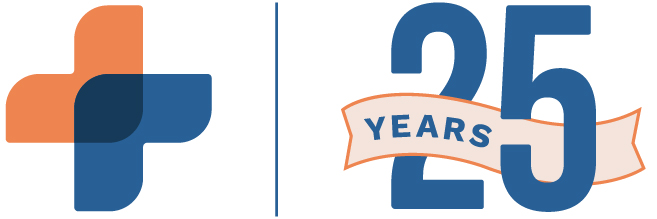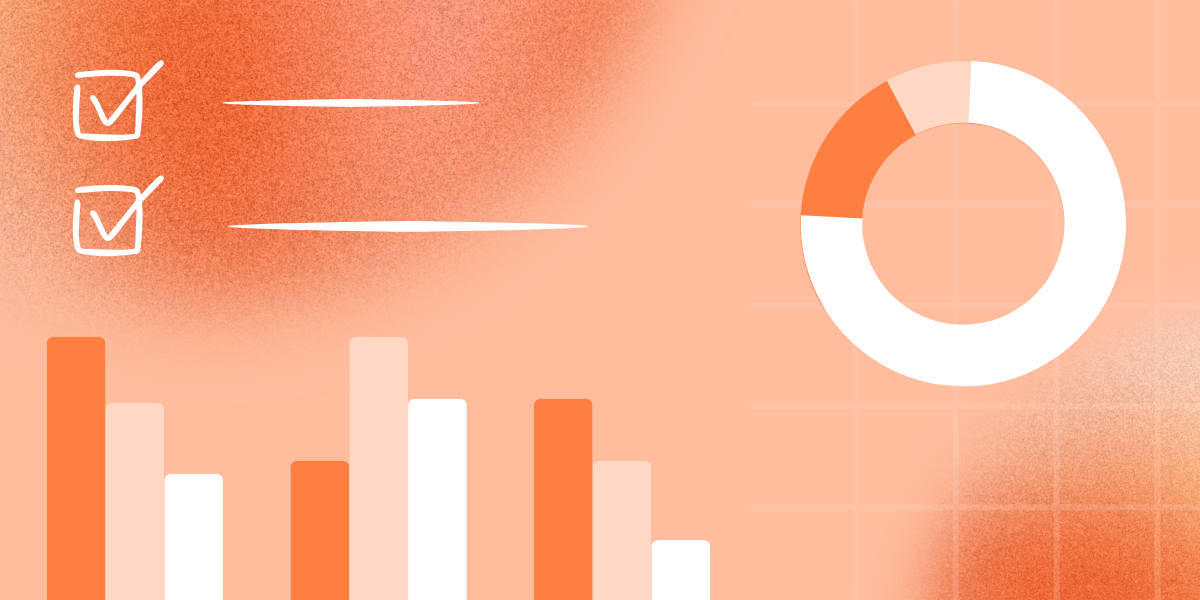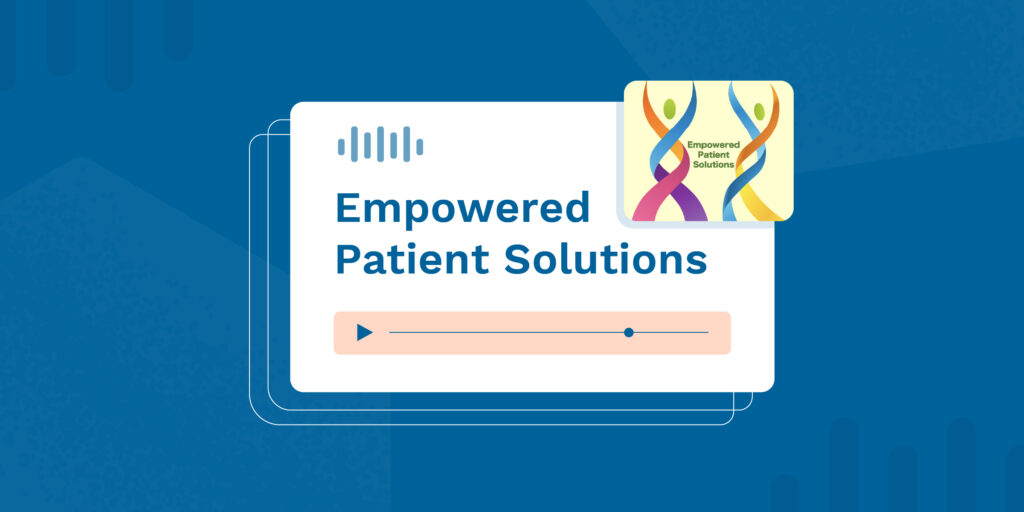With dedicated tools that help healthcare professionals turn their data into actionable, customized reporting insights, they’re better equipped with the information needed to improve patient outcomes, unlock greater efficiency, and grow their practice.
Healthcare practices are often swimming in a sea of data, making it complicated and time-consuming to extract information and gain valuable insights into clinical management, practice management, and scheduling workflows.
With dedicated tools that help healthcare professionals turn their data into actionable, customized reporting insights, they’re better equipped with the information needed to improve patient outcomes, unlock greater efficiency, and grow their practice.
RXNT’s Founder & CEO, Randy Boldyga, shared his thoughts on some of the challenges providers face with data analysis—such as fragmented and complex data sets—as well as how healthcare professionals can overcome these. “Billing and RCM analysis can be incredibly complicated for providers … [but] our Advanced Reporting tools will transform the way billers and medical organizations gather valuable insights on their financial and operational performance,”
Continue reading to learn more about RXNT’s Advanced Reporting feature and how it can help you make more informed, data-driven decisions.
An Overview of RXNT’s Advanced Reporting
Within RXNT’s software, there are over 16 advanced reports with interactive dashboards to help you better personalize and visualize your data. Each report includes filters, allowing you to broaden or narrow your results.
To access your advanced reports, click on the “Reports” screen from the homepage of any application within RXNT’s suite of software. From there, select “Advanced Reporting.”
Please note that RXNT’s Advanced Reporting insights are exclusively available to healthcare professionals and practices enrolled in our Advanced Reporting subscription. To schedule a free demo, click here, or learn more by reaching out to your dedicated RXNT Sales Representative, or contacting us directly by calling 800-943-7968, option 3, or emailing [email protected].
Now, let’s dive into the individual reports within our clinical EHR/EMR, Practice Management, and Scheduling software.
Clinical Management Insights
Clinical management insights give practices greater visibility into patient care by focusing on items like treatment patterns, diagnoses, medication usage, and more. By displaying trends and anomalies, these insights help healthcare professionals and practices provide better, safer, and more efficient care to their patients.
Prescription Insights
The Prescription Insights dashboard provides valuable prescription-driven information across all patients or a select group, enabling healthcare professionals to make data-driven decisions that inform prescription delivery, refills, and more. RXNT users can view and quantify data using various filters and categories, including—but not limited to—prescribers, pharmacies, patients, and drug class.
Patient Demographic Insights
Within RXNT’s EHR software, you can view valuable patient-driven information—such as patient demographics (sex, ethnicity, marital status, etc.), last visit status, appointment scheduled status, and more—that gives you a clearer picture of your patient population. Use this report to make informed decisions related to your service offerings, staffing needs, hours of operation, marketing, and more.
Encounter Insights
Encounter Insights offers a comprehensive summary of patient encounters, filtered by date range, provider, encounter status, encounters over time, and encounter names—uncovering patterns related to population health trends.
Diagnosis Insights
Have you ever wanted to get a closer look at diagnosis data for all patients in your practice? With RXNT’s Diagnosis Insights Advanced Report, you can get a quick overview of patient ICD-10 diagnoses, filtered by provider, ICD-10 description, ICD-10 code, last visit, appointment scheduled, discharged, diagnosis date, onset date, status date, birth sex, race, ethnicity, marital status, zip code, status, and age. These insights can be used to evaluate the most common diagnoses and how to properly address them, including assessing if you have proper staffing resources and more.
Patient Snapshot Dashboard
Understanding your patients is key to improving your practice and providing better care. By taking time to review your Patient Snapshot Dashboard, you’ll have immediate access to crucial patient data such as the patient’s problems, past medical history, encounters, allergies, prescriptions, recent lab orders, and recent lab results, which will help give context regarding past medical care and inform future decisions.
PHQ-9 & GAD-7 Dashboard
For practices using the Patient Health Questionnaire and Generalized Anxiety Disorder Assessment forms from RXNT’s Intake Form Library, there is a PHQ-9 and GAD-7 dashboard, used to help you quantify depression and anxiety data by daily impact and severity. Once patients complete the forms, their symptoms are automatically scored. From the dashboard, users can choose a patient to drill down into their form history and compare scores.
Practice Management Insights
Clinical management insights give practices greater visibility into patient care by focusing on items like treatment patterns, diagnoses, medication usage, and more. By displaying trends and anomalies, these insights help healthcare professionals and practices provide better, safer, and more efficient care to their patients.
Billing and RCM
Daily Summary Report
Is your practice’s productivity and performance up to snuff? With the Daily Summary Report, you can view quick stats for a day, week, or month via a dynamic dashboard, giving you insight into key metrics like payments posted, encounters created, and patients seen. This dashboard provides practices with crucial information needed to optimize operations and provide efficient patient care.
Revenue Insights
Evaluating your practice’s financial performance is key to improving revenue generation. The Revenue Insights dashboard provides a detailed breakdown and analysis of all revenue-related data, including viewing charges based on different encounter criteria. Within this dashboard, you can view information on sources of revenue, billing trends, payment patterns, outstanding balances, and more.
RCM Insights
Without tracking and monitoring the right data, it’s difficult to get a holistic view of your revenue cycle. The RCM Insights Dashboard makes it easy to track and understand your KPIs and metrics, by giving clear insight into items like “Average Days to Pay” and “Claim Denial Rates.”
Activity Report
RXNT’s Activity Report makes it easy to view a complete snapshot of the beginning balance, charges, payments, adjustments/write-offs, and the ending balance for the selected month. The new version of the Activity Report allows users to drill down into line item details and filter the report even further for more advanced insights.
Cash Basis Aging Report
To improve your revenue cycle and ensure an accurate reconciliation process, it’s crucial to understand your practice’s cash flow. The Cash-Basis Aging Report within RXNT’s billing software gives healthcare professionals an overview of all charges, payments, adjustments, and write-offs, including overpayments and patient fund debits and credits.
RVUs
Healthcare is a fast-paced field, so it’s important to track your productivity and performance by reviewing and comparing your RVU data. The RVU’s Dashboard allows you to gain insight into the procedure codes performed, based on various filters like service date, rendering provider, location, and more.
Rejection Insights
To minimize rejections, enhance claim processes, and boost practice performance, practices must keep a close eye on their Rejection Insights dashboard. Filters include clearinghouse, rendering provider, procedure code, place of service, entity, and payer. You can also see top rejection types, payers with the most rejections, rejection trends over time, and more.
CBO Dashboard
CBO users with an Advanced Reporting license can access corporate-level advanced reporting dashboards—including Revenue Insights and RCM Insights—to view data from an aggregate or practice level. Viewing information at an aggregate level allows CBO users to understand performance and key insights for all of their billing operations. For example, viewing the CBO RCM Insights dashboard allows a CBO user to view their claim lag time for all practices they bill for, rather than viewing these insights per practice.
Scheduling Insights
Form Insights
The Form Insights report provides a holistic view of patients’ intake and consent forms, organized as “completed” or “outstanding,” giving healthcare professionals greater clarity into the status of patient deliverables. This report helps practices understand when further outreach and reminders to patients are necessary.
Practice Insights
With comprehensive insights into appointment data and patient demographics, practices can identify trends and patterns related to new and returning patients, appointment status, service type, appointment type, total appointments, total patients, age distribution, gender distribution, appointment distribution between providers, material service types, patient reference sources, patients with patient portal access, patient zip code breakdown, patients without an upcoming appointment, patients without completed appointments in the last 6 months, prior authorization remaining visits, and more.
To learn more about RXNT’s Advanced Reporting features, visit https://www.rxnt.com/software/advanced-reporting/, or check out the following resources:
- Blog article: Using Advanced Analytics to Improve Revenue Cycle Management in Healthcare
- Help Center article: Advanced Reporting
- Blog article: The Hidden Data Sinking Your Medical Practice’s Revenue Cycle
- Blog article: How Healthcare Leaders Can Create a Data-Driven Culture to Improve Patient Care and Revenue Cycle Management
- Blog article: Why a Data-Driven Approach Generates Better Results for Practice Growth
- Conference recap: Data-Driven Decision-Making and AI: Top Highlights From HBMA 2024






